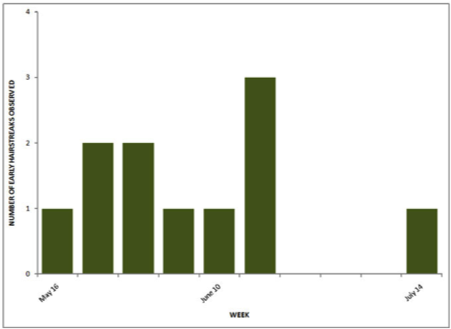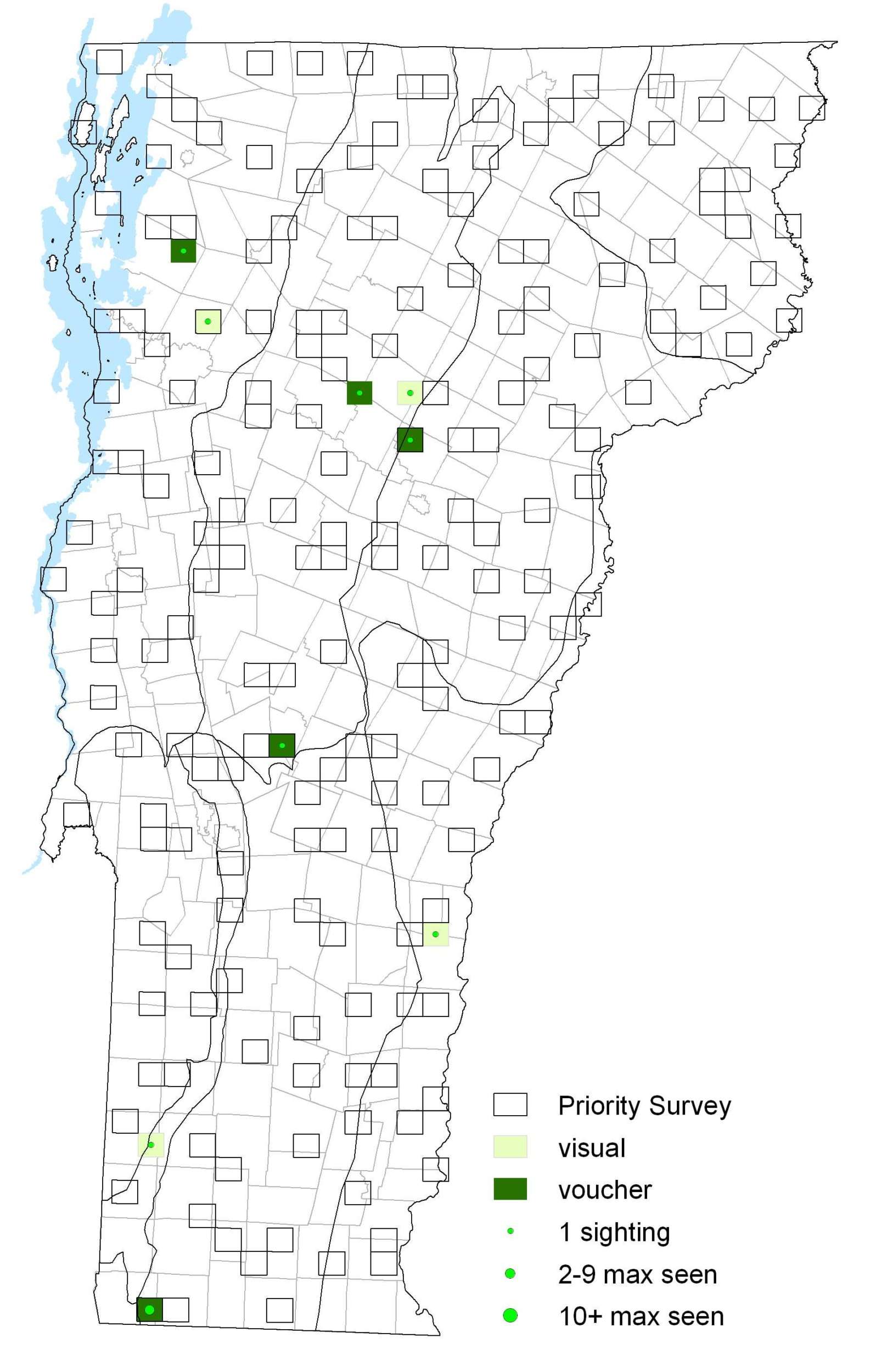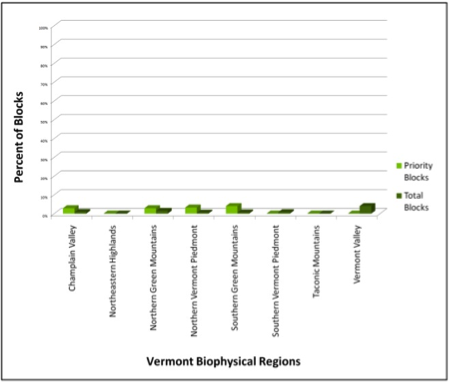|
Resident Conservation Status North American Range |
As its name implies, it is the earliest flying hairstreak in Vermont, found in May and June. Its infrequent encounters in Vermont, and elsewhere, may be because it breeds in the canopy of American Beech (Fagus grandifolia), making it difficult to find. It has been known to visit dirt roads and nectar sources near stands of its hostplant. Feeding larvae skeletonize leaves as early instars and switch to feeding on whole leaves and fruits during later instars. Populations are thought to widely fluctuate, which may be related to beech masting. Unfortunately its hostplant is threatened by disease. Beech bark disease is caused by a unique relationship between an introduced insect called the Beech Bark Scale (Cryptococcus fagisuga), and Nectria fungi (Nectria coccinea and N. galligena). It has been known in Europe since at least the 1840s, where it attacks European Beech (F. sylvatica). It was accidentally introduced to North American at Halifax, Nova Scotia in 1890 on a shipment of ornamental trees.
Identification
Very small and inconspicuous butterfly. No tails. Upperside blue and black; female has more blue than male. Underside turquoise blue; hindwing with 2 irregular bands of small orange spots.
Flight
As in other areas, there may actually be two flights in Vermont, but more records are needed. Extreme dates: 13 May 1992 in Underhill (J. Boone), 16 May 2006 in Milton (C. Eiseman), 14 July 2003 in East Montpelier (G.A. Lewis) and 16 July 1994 in Marlboro (S. Griggs).
Distribution and Habitat
As everywhere throughout its range, widely scattered and very local. Larval host plants are American Beech (Fagus grandifolia) and perhaps Beaked Hazelnut (Corylus cornuta) in some places. Adults nectar fleabane (Erigeron) and Ox-eyed Daisy (Chrysanthemum leucanthemum). Often found on bare ground puddling.







